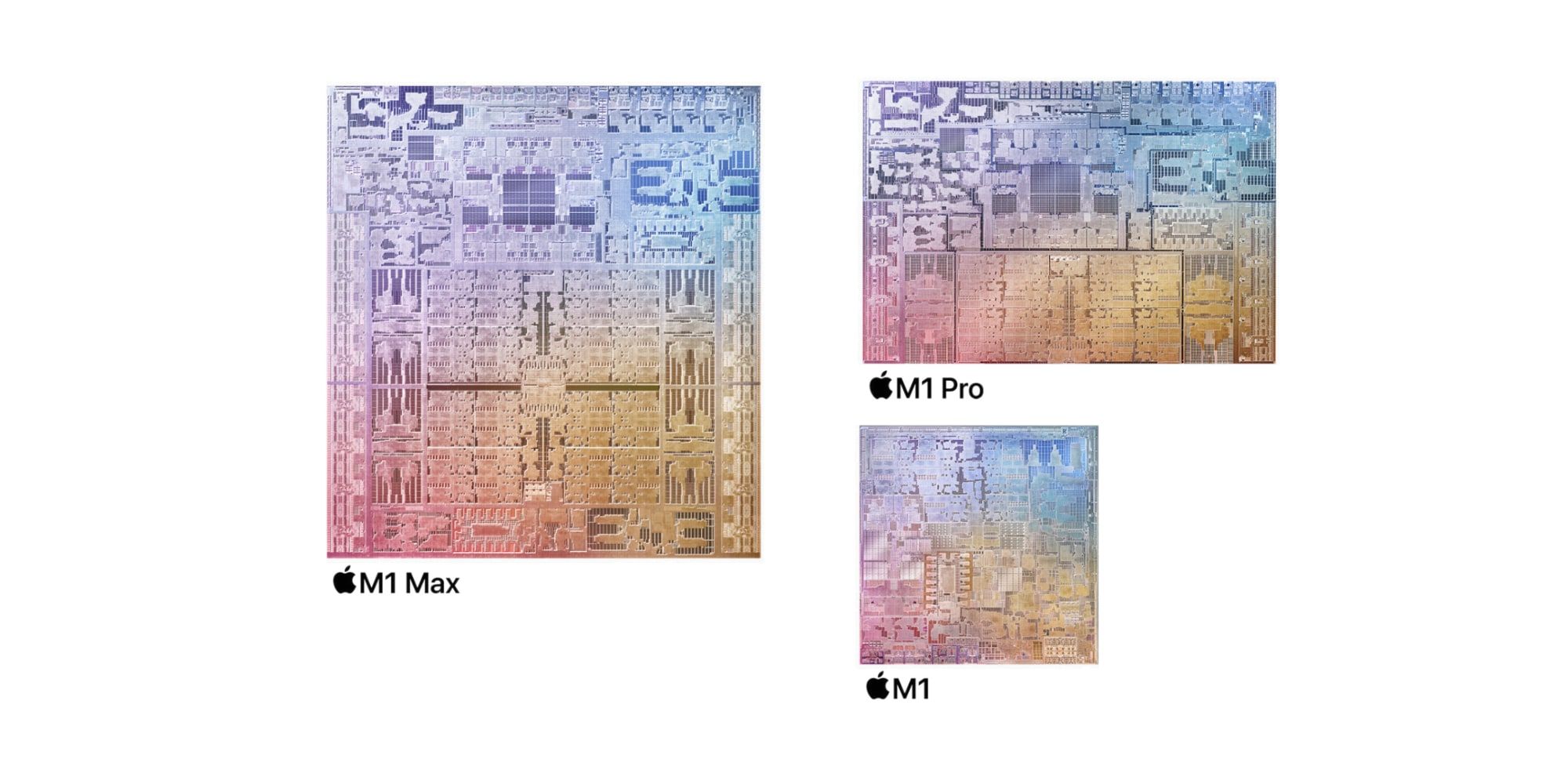
When Apple launched the Mac Pro back in 2019, it was championed by professionals for its modularity and repairability, but is it still worth buying now that Apple has transitioned to its own M-series Silicon? The Mac Pro was the first Apple product in quite some time that bore the 'Pro' moniker and was actually suited for professionals. The company slaps the 'Pro' tag on just about any product — from iPhones, to AirPods, to even monitor stands — all in the name of marketing. With the Mac Pro, though, Apple created a computer that was built for professionals and had real-world features to back it up.
The Mac Pro is a unique Apple product, given that it's exterior is as premium as its internals. The chassis of the computer tower is made of precision-cut aluminum and stainless steel. The top of the case features a handle that sits flush across the top when not in use and folds upward when a user needs to open up the computer. Most of Apple's products are notoriously difficult to repair and service, but Mac Pro was designed to be opened up and modified. Just about every part of the computer can be changed by the user after purchase, which sets the Mac Pro apart from all other Macs.
The Mac Pro was the right choice for users looking for the most powerful, repairable, and upgradable computer sold by Apple when it was released in 2019. Even today, the computer reigns supreme as the most future-proof device in the Mac lineup. A user can buy the base configuration of the Mac Pro and upgrade it themselves to save thousands of dollars. Similarly, a user can upgrade or repair the computer five or ten years down the road and avoid buying a new one. However, for most users, the benefits of the Mac Pro are outweighed by the drawbacks, since Apple has made significant improvements in the years since its release.

For the average user — and even the average professional — the Apple Silicon route is the best way to go when buying a new computer. Apple has designed its own processor units since the iPhone 4 was introduced in 2010, and has since expanded its designs to iPads and Macs. Before transitioning the Mac lineup to Apple Silicon, it perfected the craft on iPhones and iPads, which became best-in-class options for processing power and efficiency. The Mac Pro, and all Mac computers released before 2020, featured Intel processors. These chips could result in great performance at the expense of massive power consumption and cooling woes, making them unfit for thin and light MacBooks. Now, Apple Silicon has made its way to the desktop, rivaling the Intel Mac Pro.
There have been rumors that Apple will make an Apple Silicon Mac Pro computer, but as of now, the company still sells the Intel Mac Pro on its store for the original retail price. At the same time, it sells other computers that can keep pace with the Mac Pro at a fraction of the cost. The Mac Studio, a desktop that packs a ton of processing power in a relatively small form factor, matches the specs of the Intel Mac Pro. With Apple's hardware and software integration, it'll likely result in better performance. The M1 Max and Pro MacBook Pro lineup also can match the specs of the computer at half the cost, and come with a display, keyboard, and trackpad. There is a market for the Mac Pro, but in 2022, the better value option will be taking a stab at the Apple Silicon Macs that have thoroughly impressed in benchmarks.
Source: Apple
Comments
Post a Comment